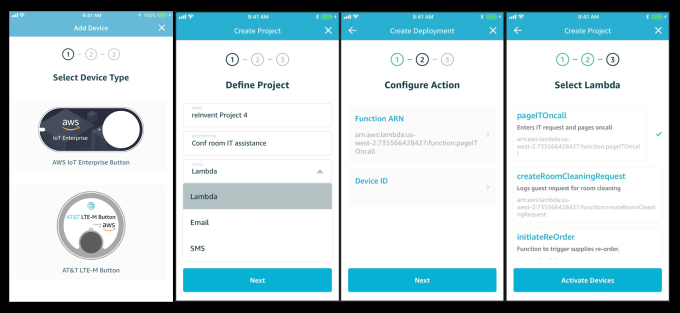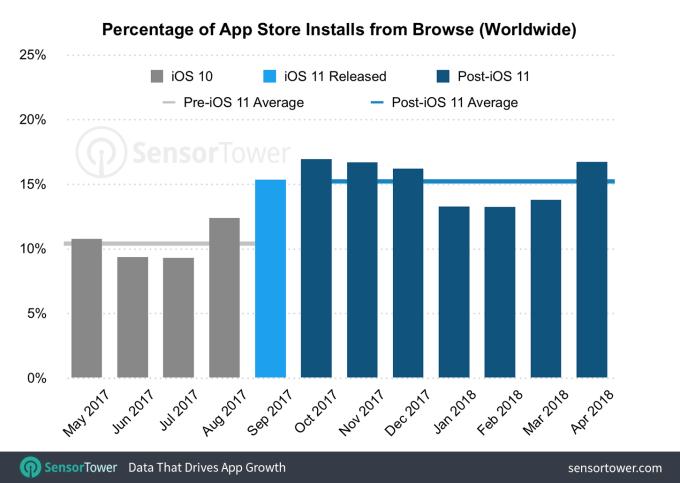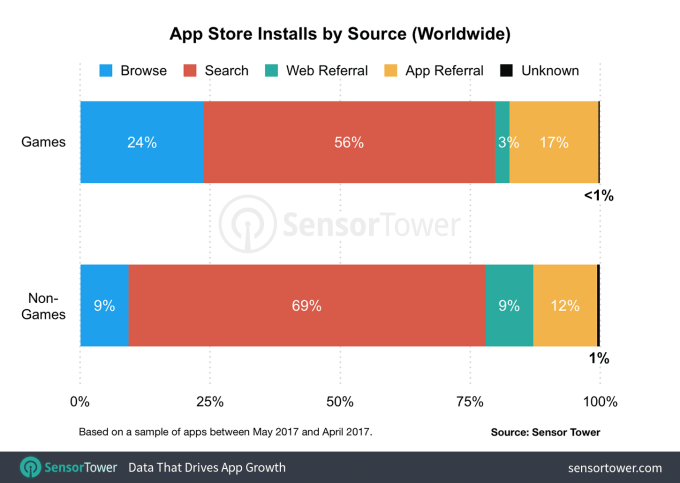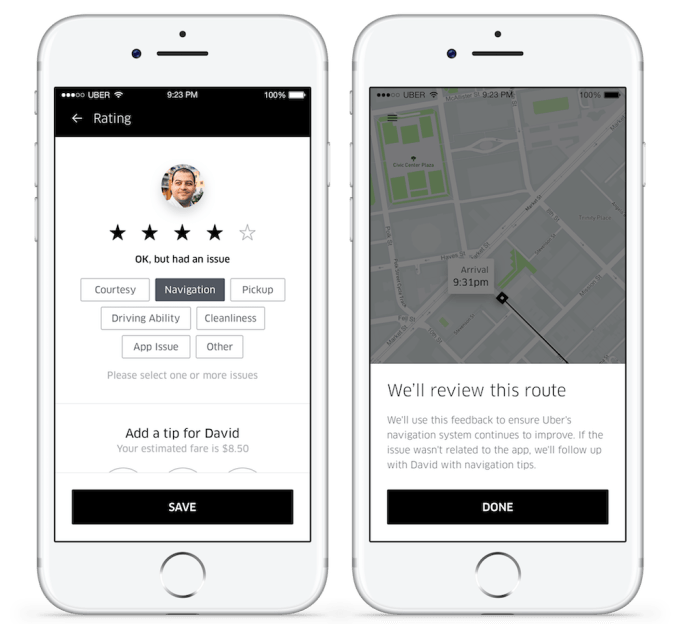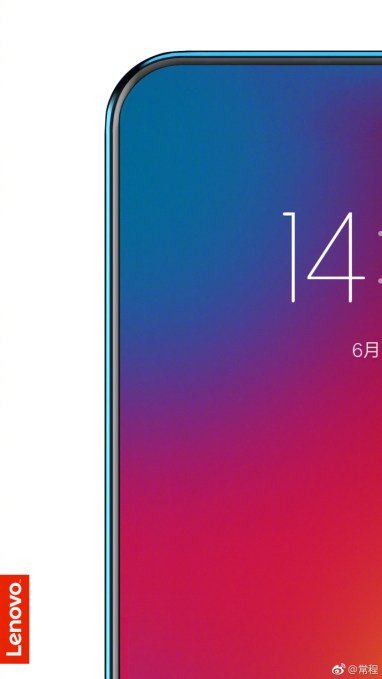A lot of money — about $140 billion — is lost every year in the U.S. healthcare system thanks to inefficient management of basic internal operations, according to a study from the Journal of the American Medical Association.
While there are many factors that contribute to the woeful state of healthcare in the U.S., with greed chief among them, the 2012 study points to one area where hospitals have nothing to lose and literally billions to gain by improving their patient flows.
The problem, according to executives and investors in the startup Qventus, is that hospitals can’t invest in new infrastructure to streamline the process that’s able to work with technology systems that are in some cases decades old — and with an already overtaxed professional staff.
That’s why the founders of Qventus decided to develop a software-based service that throws out dashboards and analytics tools and replaces it with a machine learning-enhanced series of prescriptions for hospital staff to follow when presented with certain conditions.
Qventus’ co-founder and chief executive Mudit Garg started working with hospitals 10 years ago and found the experience “eye-opening.”
“There are lots and lots of people who really really care about giving the best care to every patient, but it depends on a heroic effort from all of those individuals,” Garg said. “It depended on some amazing manager going above and beyond and doing some diving catch to make things work.”
As a software engineer, Garg thought there was a simple solution to the problem — applying data to make processes run more effectively.
In 2012 the company started out with a series of dashboards and data management tools to provide visibility to the hospital administrators and operators about what was happening in their healthcare facilities. But, as Garg soon discovered, when doctors and nurses get busy, they don’t love a dashboard.
From the basic analytics, Garg and his team worked to make the data more predictive — based on historical data about patient flows, the system would send out notifications about how many patients a facility could expect to come in at almost any time of day.
But even the predictive information wasn’t useful enough for the hospitals to act on, so Garg and company went back to the drawing board.
What they finally came up with was a solution that used the data and predictive capabilities to start suggesting potential recipes for dealing with situations in hospitals. Rather than saying that a certain number of patients were likely to be admitted to the hospital, the software suggests actions for addressing the likely scenarios that could occur.
For instance, if there are certain times when the hospital is getting busier, nurses can start discharging patients in anticipation of the need for new capacity in an ICU, Garg said.

Photo courtesy of Paul Burns
That product, some six years in the making, has garnered the attention of a number of top investors in the healthcare space. Mayfield Fund and Norwest Venture Partners led the company’s first round, and Qventus managed to snag a new $30 million round from return investors and new lead investor, Bessemer Venture Partners. Strategic backer New York Presbyterian Ventures, the investment arm of the famed New York hospital system, also participated.
So far, Qventus has raised $43 million for its service.
As a result of the deal, Stephen Kraus, a partner at Bessemer, will take a seat on the company’s board of directors.
“Hospitals are under tremendous pressure to increase efficiency, improve margins and enhance patient experience, all while reducing the burden on frontline teams, and they currently lack tools to use data to achieve operational productivity gains,” said Kraus, in a statement.
For Kraus, the application of artificial intelligence to operations is just as transformative for a healthcare system, as its clinical use cases.
“We’ve been looking at this space broadly… AI and ML to improve healthcare… image interpretation, pathology slide interpretation… that’s all going to take a longer time because healthcare is slow to adapt.” said Kraus. “The barriers to adoption in healthcare is frankly the physicians themselves…the average primary care doc is seeing 12 to 20 patients a day… they barely want to adopt their [electronic medical health records]… The idea that they’re going to get comfortable with some neural network or black box technology to change their clinical workflow vs. Qventus which is clinical workflow to strip out cost… That’s lower hanging fruit.”
Powered by WPeMatico



